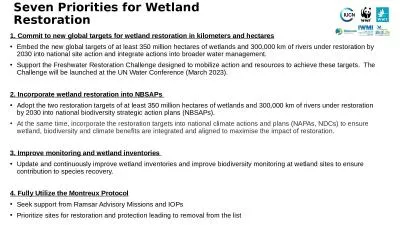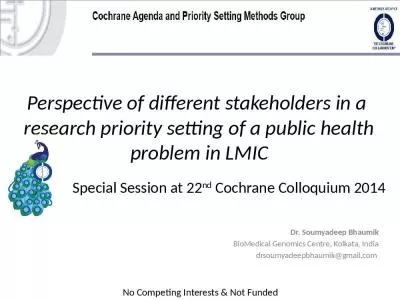PPT-SAV Habitat Requirements and Restoration Targets: Technical
Author : ellena-manuel | Published Date : 2016-10-29
Lee Karrh SAV workgroup chair MDDNR A brief history TechSyn 1 was published in 1992 Largely water column based Simple passfail evaluation of each habitat requirement
Presentation Embed Code
Download Presentation
Download Presentation The PPT/PDF document "SAV Habitat Requirements and Restoration..." is the property of its rightful owner. Permission is granted to download and print the materials on this website for personal, non-commercial use only, and to display it on your personal computer provided you do not modify the materials and that you retain all copyright notices contained in the materials. By downloading content from our website, you accept the terms of this agreement.
SAV Habitat Requirements and Restoration Targets: Technical: Transcript
Download Rules Of Document
"SAV Habitat Requirements and Restoration Targets: Technical"The content belongs to its owner. You may download and print it for personal use, without modification, and keep all copyright notices. By downloading, you agree to these terms.
Related Documents

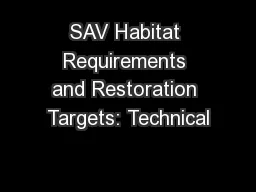
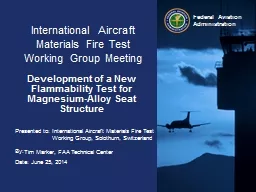
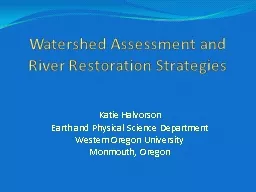
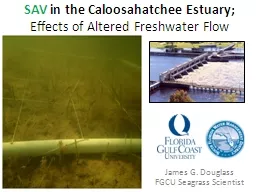
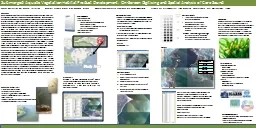

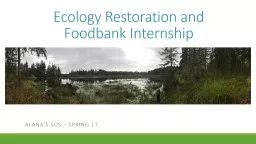


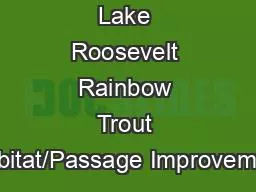
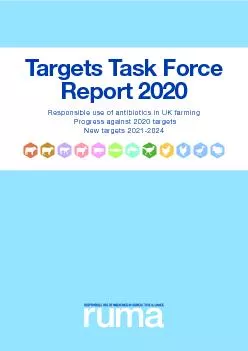
![[DOWNLOAD] Préparer et réussir le Bac Pro ELEEC - T1 Habitat individuel, locaux industriels](https://thumbs.docslides.com/1005724/download-pr-parer-et-r-ussir-le-bac-pro-eleec-t1-habitat-individuel-locaux-industriels-et-habitat-tertiair-t1-habitat-individuel-locaux-industriels-et-habitat-tertiaire.jpg)
